Crunchyroll, one of the largest anime and manga streaming platforms, has shared its viewership figures between August - September 2019 with CBR. The data covers the top 20 popular series with its audience during that period globally, as well as the top ten in individual countries, including Russia, Brazil, the U.K, Canada, Moldova and Mexico.
While there have been many great new anime to come out this year, the data shows that some of the biggest names in the medium -- Dragon Ball, Naruto, Bleach and One Piece -- remain, even years after their initial releases, on top.
TOP OF THE CHARTS
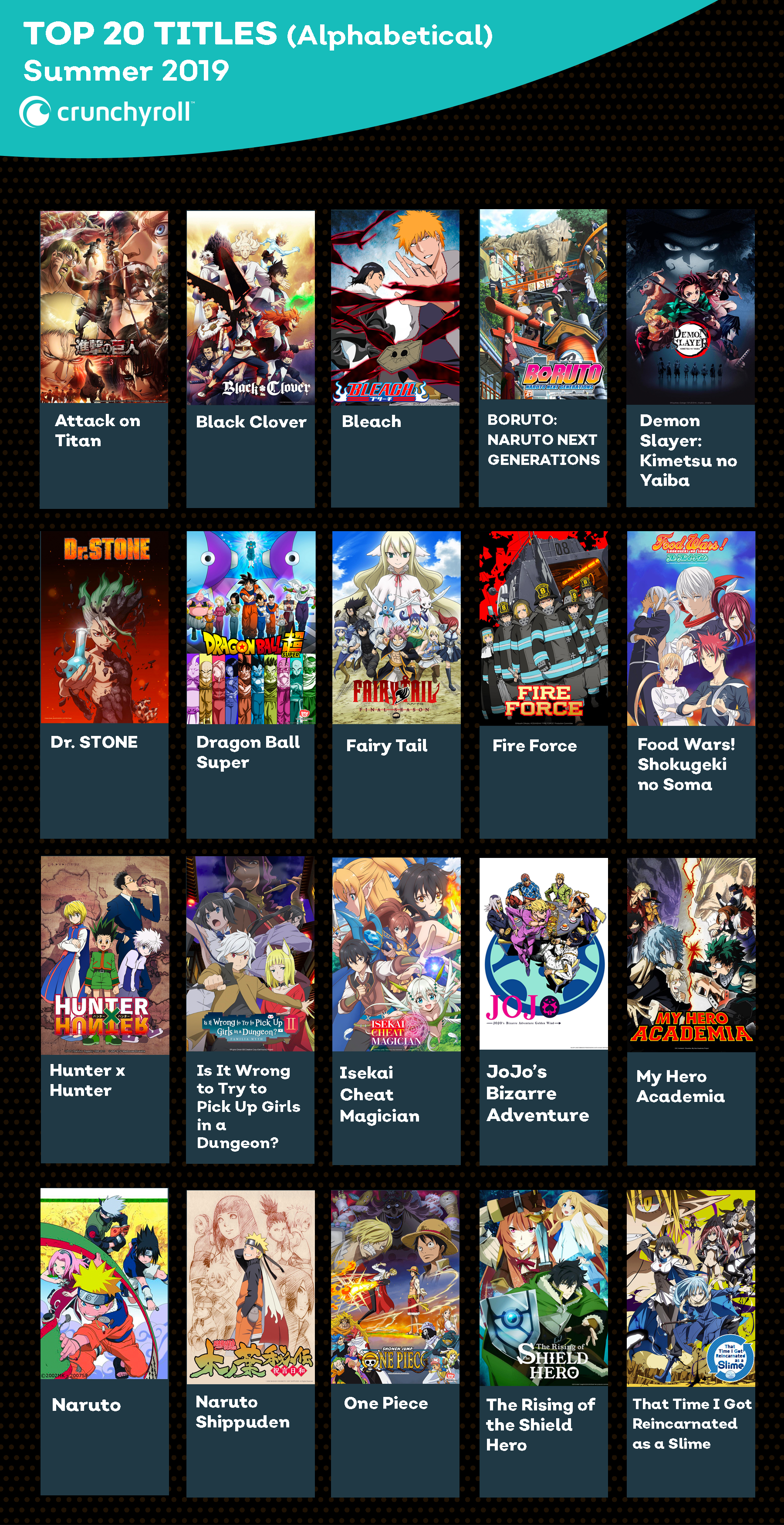
Because the global chart above is in alphabetical order rather than in order of view count, we're unfortunately none the wiser about each title's actual ranking. However, one thing that is clear is that shonen anime continues to dominate, particularly Shōnen Jump's major properties -- the weekly manga anthology in Japan that publishes the aforementioned "Big Four."
Dragon Ball Super, the newest incarnation of the long-running Dragon Ball saga, ranks alongside all three of the Naruto series: Naruto, Naruto Shippuden, and Boruto: Naruto Next Generations. One Piece and Bleach rank up alongside them, too, despite Bleach having ended its anime run in 2012.
More unsurprising, other more recent -- but equally beloved -- shonen anime ranks highly with them. Superhero series, My Hero Academia, which began airing in 2016, remains one of the most popular anime of recent years. These statistics were also taken from before the premiere of Season 4, proving that even on its off-seasons, My Hero Academia is attracting crowds. Alongside it is the revival of JoJo's Bizarre Adventure, as well as Hunter x Hunter, Fairy Tail, Food Wars, Black Clover and Attack on Titan, as well as 2019 newcomers: Dr. Stone, Demon Slayer: Kimetsu no Yaiba and Fire Force.
The remainder of the list is comprised of isekai (portal fantasy) anime such as That Time I Got Reincarnated as a Slime and The Rising of the Shield Hero. The only exception is Is It Wrong to Try to Pick up Girls in a Dungeon?, an anime that contains crossover appeal with other isekai series due to its strong fantasy elements.
STATISTICAL LIMITATIONS
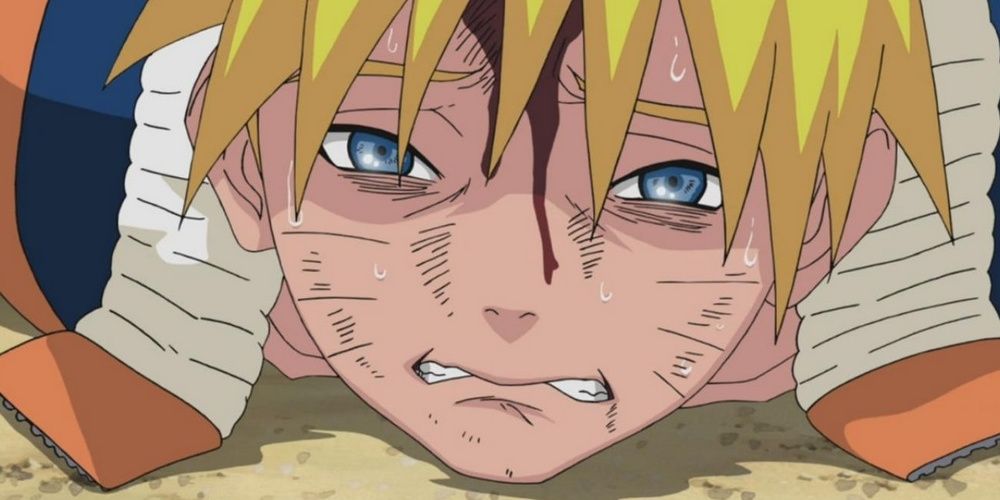
Before we press on with the implications of this data, it's important to remember the limitations of these figures. Crunchyroll is not the only source of anime streaming online: Netflix, Amazon, Hulu, HIDIVE and Funimation all offer similar libraries in differing territories. Netflix, for instance, recently re-released Neon Genesis Evangelion, one of the most influential anime ever. We have no way of comparing Evangelion's success on Netflix to Crunchyroll's statistics -- and we may never as Netflix is notoriously tight-lipped about its ratings.
Crunchyroll also provided CBR with a list of which countries were watching anime on the platform the most, revealing that Uruguay, Romania, Italy, India and Colombia all consume more Crunchyroll content than America, Canada, or the U.K.
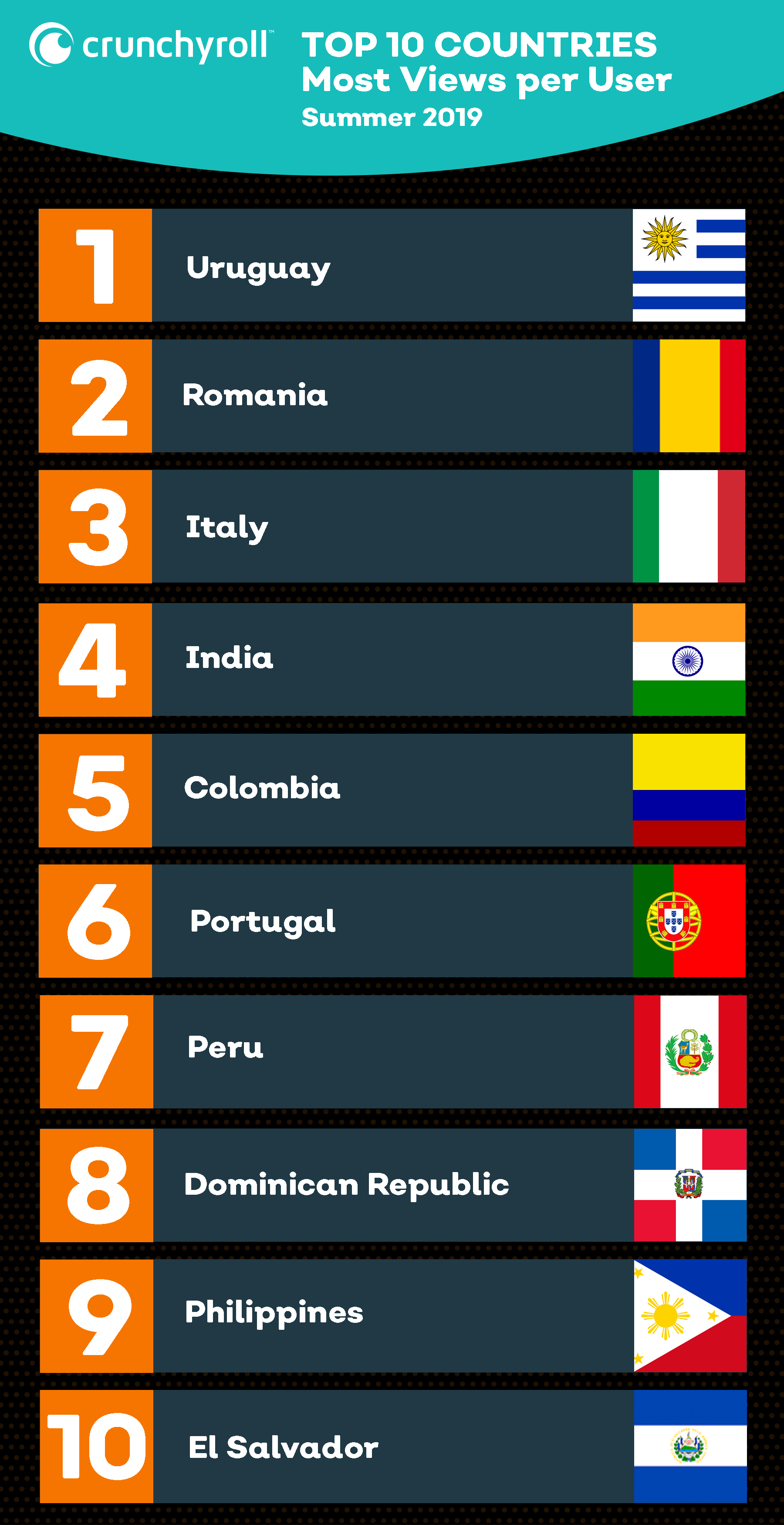
While these numbers have limits in regards to population and which anime are in the running, it's still undeniable is that, as Crunchyroll claims to be the "largest destination for anime and manga," these figures draw from a large enough pool of people to get a fairly accurate idea of anime viewing habits in the west today.
SOME SURPRISES
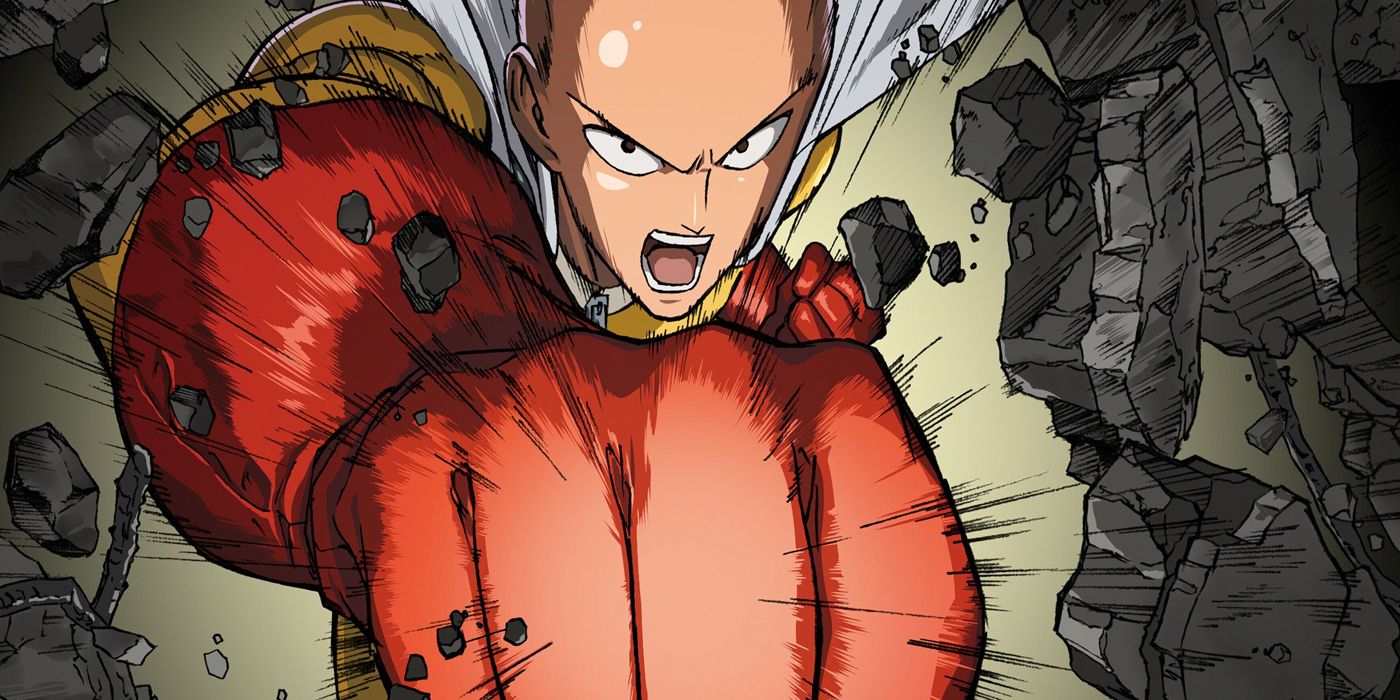
One of the biggest surprises in this data is the lack of older isekai series. While some newer, popular anime from the genre rank high on the list, it's clear that anime like Sword Art Online have peaked and declined over the years. This is despite Sword Art Online's third season, Sword Art Online: Alicization, premiering last year and continuing into the end of March of this year.
Furthermore, One-Punch Man did not make the cut, though some of the other statistics showed the series ranked in the top ten most-watched series in specific countries, such as Russia and Moldova.
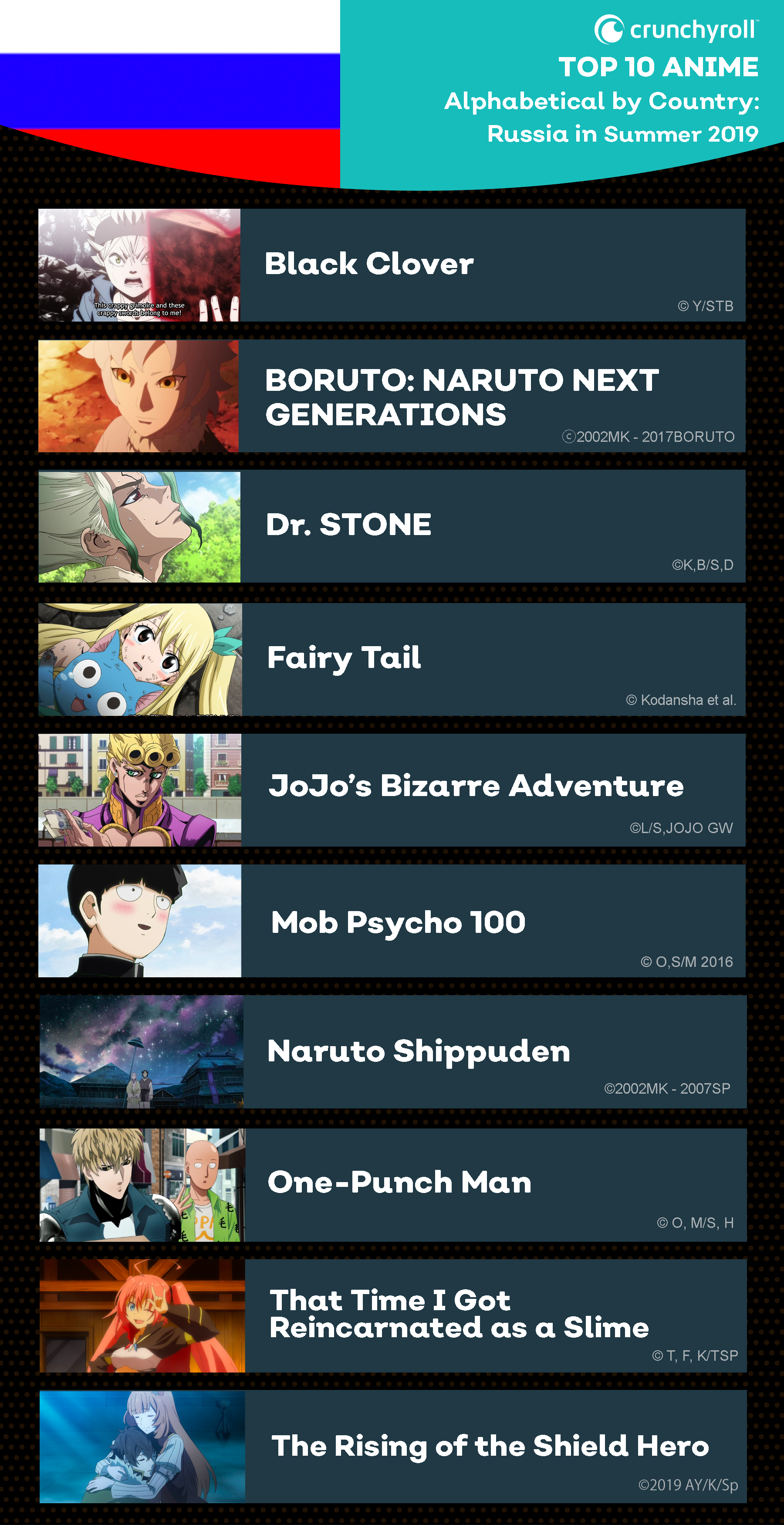
Another exception is Mob Psycho 100, which also made the cut for individual countries, though proved not popular enough globally to rank in the top 20.
While Black Clover was criticized upon release for its pacing and ear-grating screams, it has proven to have legs with its audiences, drawing in a large crowd of people invested in watching the series. This makes its placement here above One-Punch Man somewhat surprising given the superhero show's higher critical reception for its first season.
WHERE'S THE MOLD-BREAKING HIT?

This list is clearly dominated by two types of series: shonen and isekai, with isekai only a distant second place in popularity, at that. Again, this is unsurprisingly but still interesting to see. It also begs the question: where is this year's Yuri on Ice!!! or Zombieland Saga? Usually, there is one anime that takes the world by storm that isn't a shonen or isekai series, one that offers audiences something beyond pure action and fantasy.
Oddly enough, the breakout anime of this season outside of the shonen genre is Fruits Basket, the re-interpretation of the best-selling shojo title of the same name. Fruits Basket, apparently, did not rank among the other titles.
However, shonen's increased variety might play a hand in this. Popular shonen anime used to primarily consist of lots and lots of fights and not too much else. As time has gone on, the genre has developed and diversified. Fire Force and Food Wars, in particular, are vastly different from Dragon Ball Super. Additionally, while it failed to make the list, Haikyuu, a volleyball-based series, is another popular shonen title focused on playing sports rather than fighting, though the action plays out in a similar, exaggerated manner.
While some might find it bewildering that shonen has completely dominated this summer, it shouldn't be seen as a bad thing. After all, the genre has so much more to offer fans than it once did. Having said that, the comfort-food appeal of its older stalwarts endures, nonetheless.

